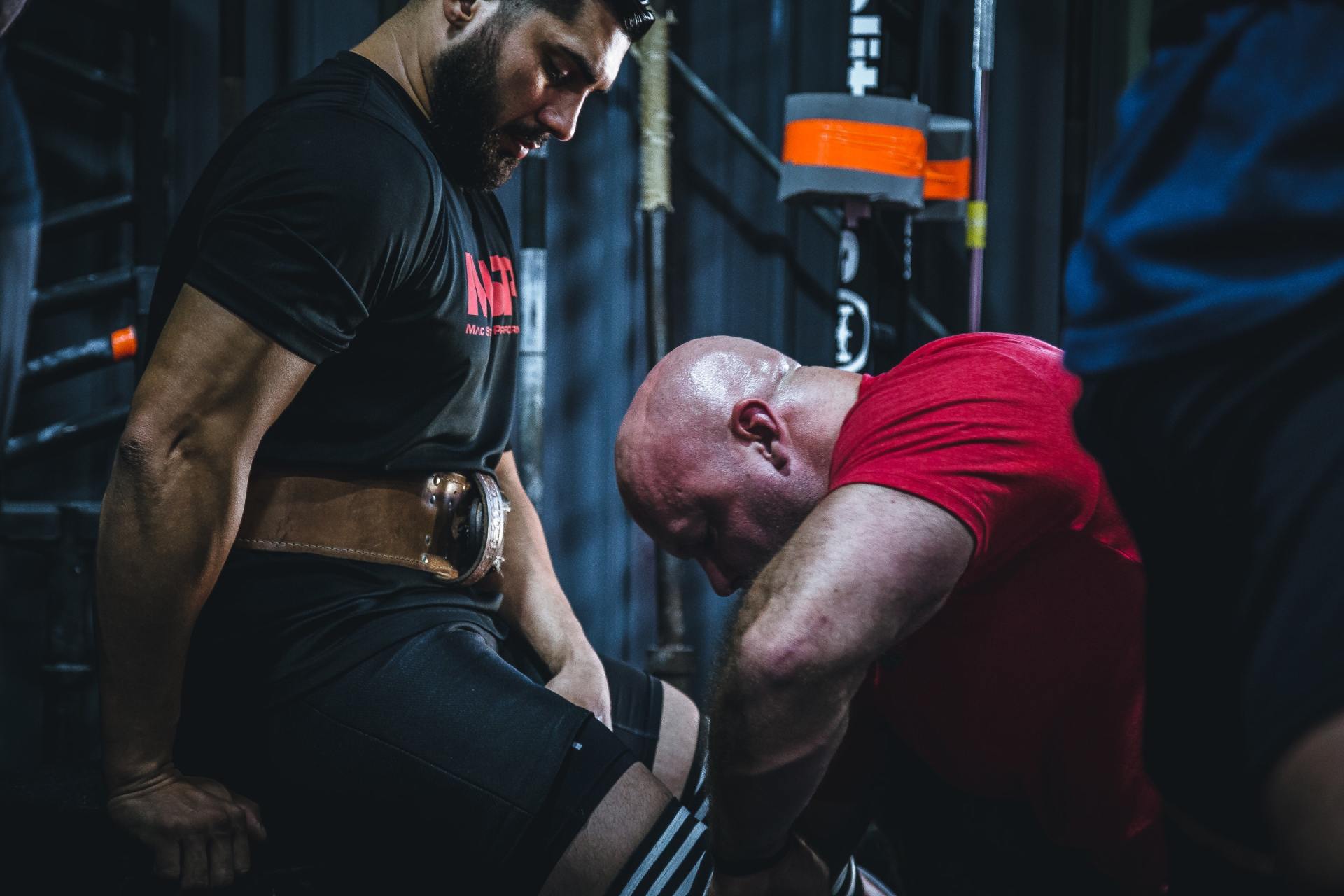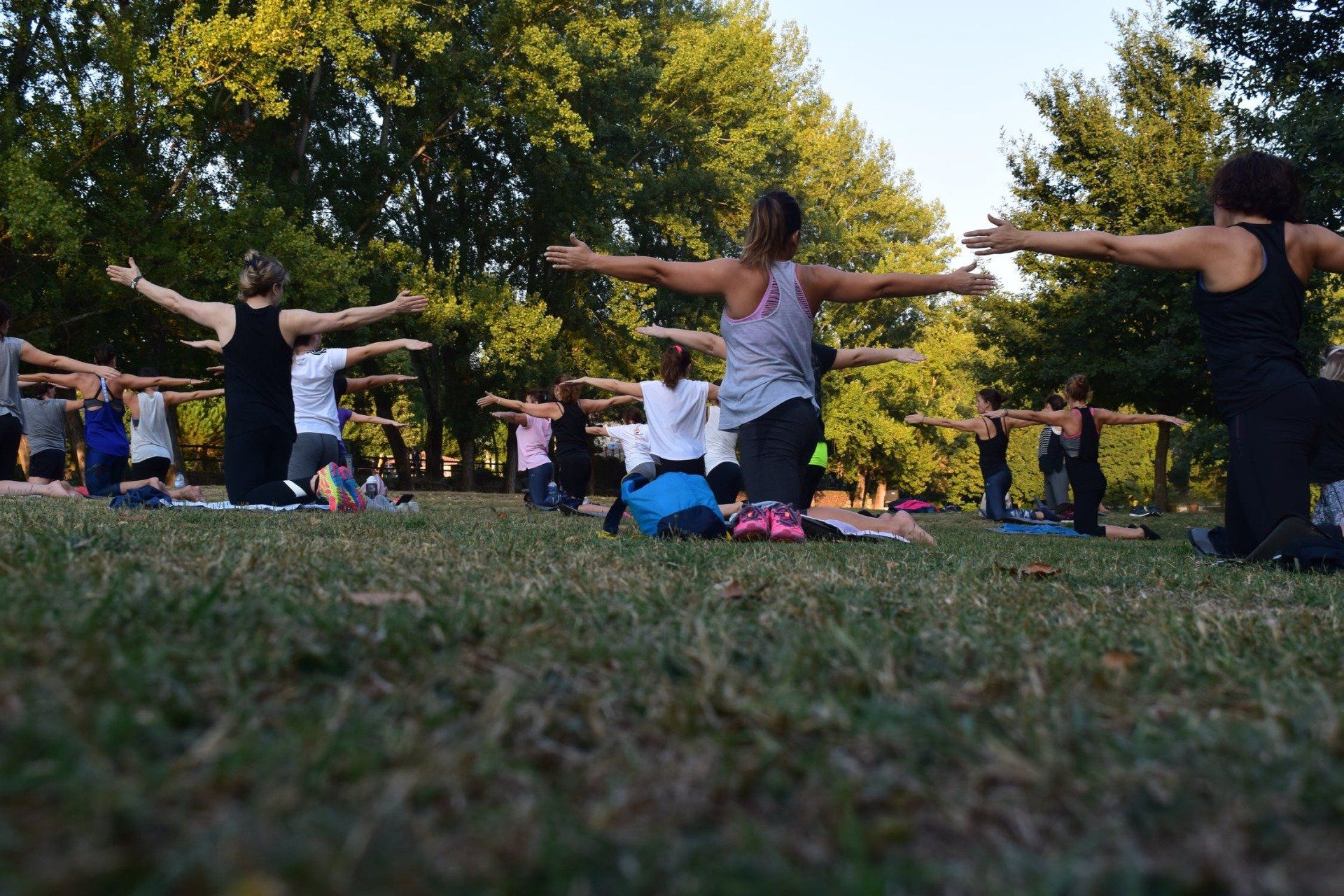Exercise with a Fitness Trainer
Even in the case of general fitness, training has its own well established rules.

These rules refer to different aspects of doing the exercises: repeating, intensity, rhythm, etc., but considering all these aspects is not enough. The activities need to be performed correctly.
It is not easy for a beginner who has read something about fitness, or somebody described exactly how to do an exercise, to do it impeccably starting with the first training sessions. The impression that we do a movement correctly, even when we can't see ourselves in a mirror from the gym. But only the experienced 'eye' of an instructor who has worked many programs for beginners can correct us effectively.
On the other hand, the beginner can feel that the modality of doing the exercises is wrong. If this is not the case, they need the instructor to assure him his performance is correct. It is dangerous for the fitness practitioner's health and body state to self-educate from the first sessions. There are many positions, angles, programs of the machines which could be inadvisable in different situations, determined by every person's characteristics. Some examples of these particularities are deformations of the spine, old accidents, operations, limits of the mobility of the joints, etc.
Another advantage of working under the supervision of an instructor is a good choice of exercises, machines, movements, which helps avoid any risk of accidents.
The role of the fitness instructor is not limited to working with beginners. Even the advanced might tend to 'cheat' in doing some exercises or introduce challenging activities, necessitating closer supervision. Also, an experienced sportsperson might need, from time to time, a look 'from the outside, which could help him perfect his technique.
Another aspect closely related to the fitness trainer's assistance is the conception of the training programs. For beginners, the impossibility of creating their own training programs is apparent. The advanced could lose themselves in the jungle of possible choices, getting not to see the wood for the trees. In the same case, the progressive dangers of routine can be avoided much more accessible with help from the outside.
Maintaining the motivation and interest in training is also one of the fitness instructors' tasks. They need to show tact, intelligence and even diplomacy when working with the sportsperson or with the ones who practice fitness just for pleasure or for maintaining their health.
There could be some disadvantages of the involvement of the fitness trainer. The presence might be felt as patronizing, stressful, or unpleasant. Some cultural or social incompatibility between the trainer and the practitioner could make their communication, which is so important in this relation, really difficult.
However, the benefits we can have from working with a competent trainer are much more significant than the possible disadvantages. They make the effort of the sportsperson more effective.












